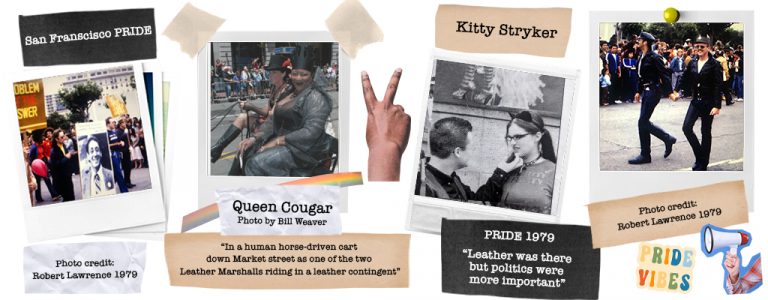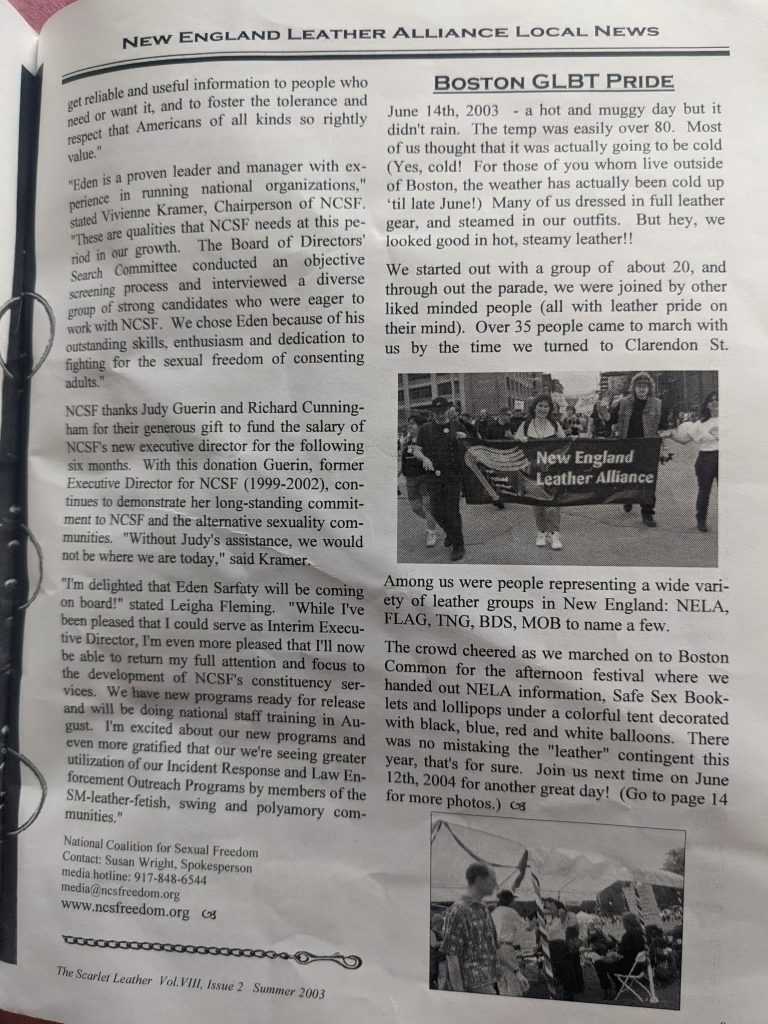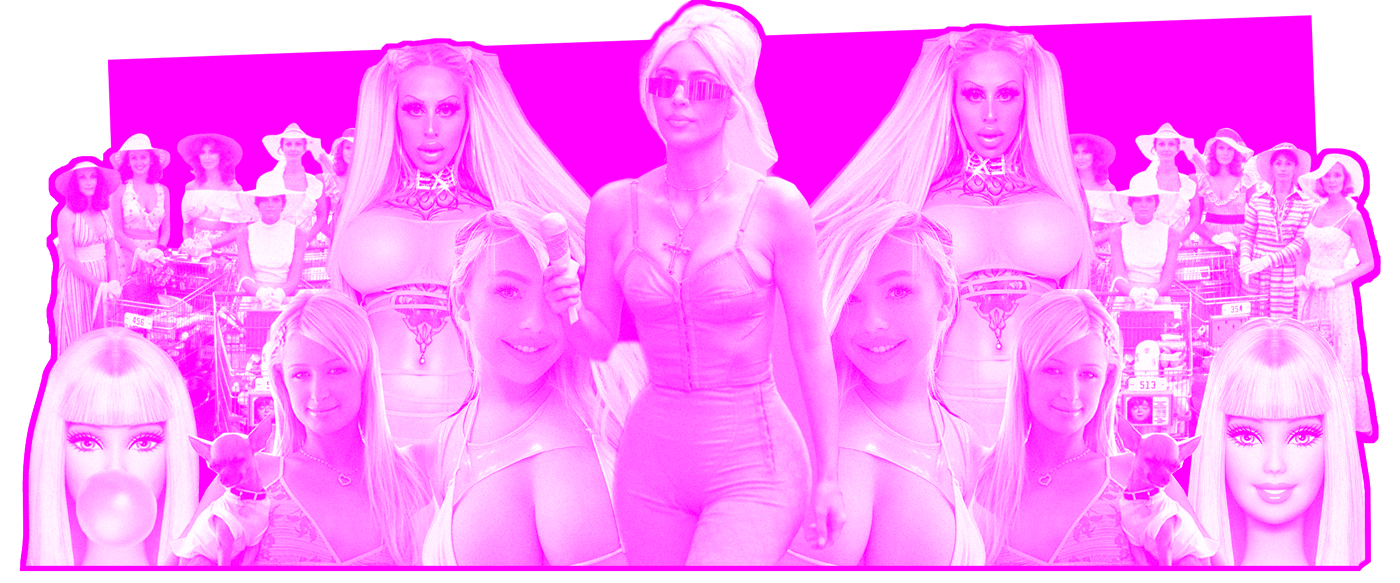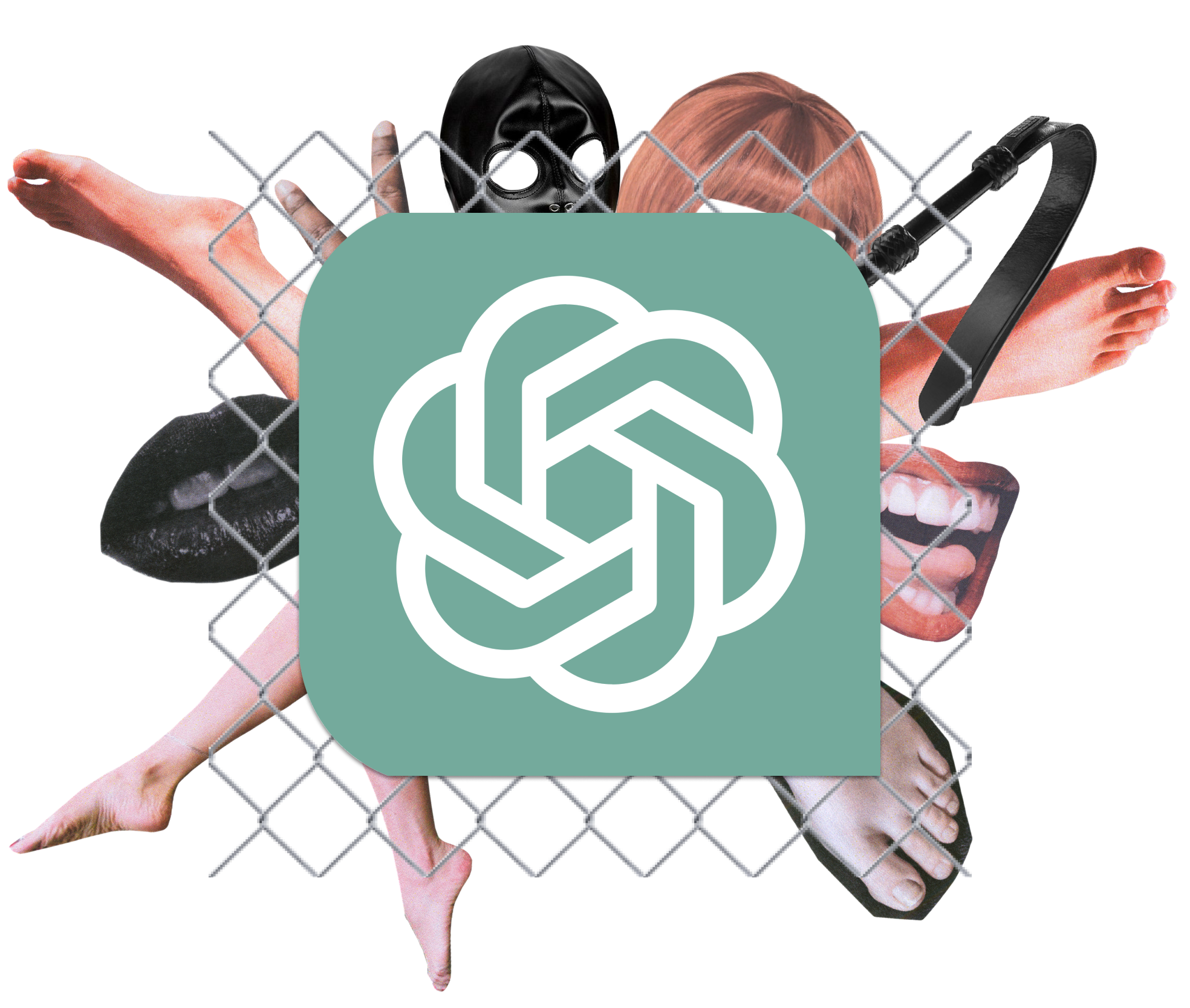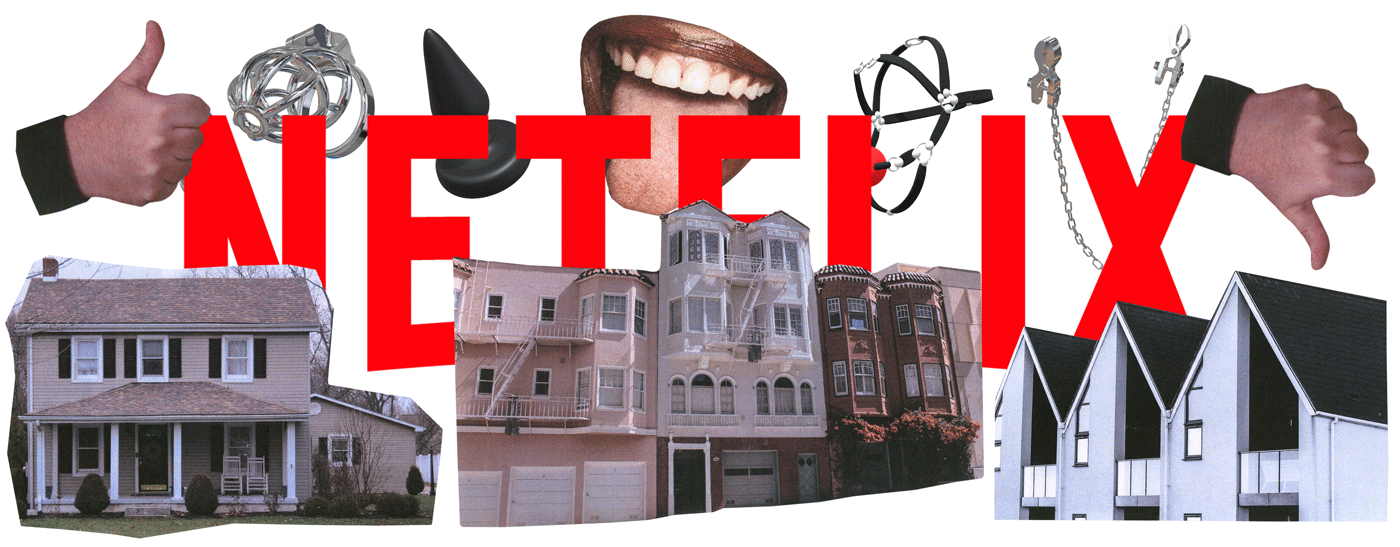
Netflix’s How To Build a Sex Room: A Kink Educator Weighs In
How To Build a Sex Room, Netflix, Melanie Rose, thekinkeducator, BDSM on TV, Netflix kink, home dungeon, adult playroom, luxury dungeon, Taylor and Ajay, Raj and Ryan, Orlando and matthew, Lester and Soriya, shenika and matthew, heather and sara, sex palace, interior design, BDSM education, mary poppins fo kink

